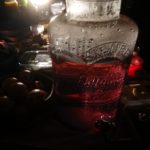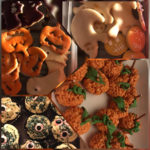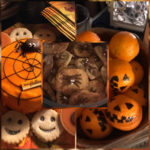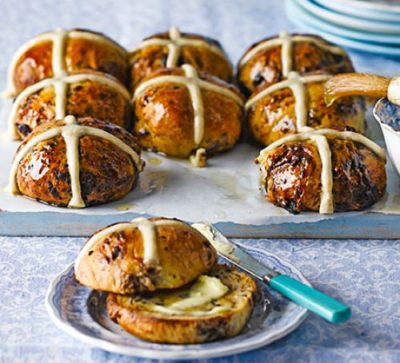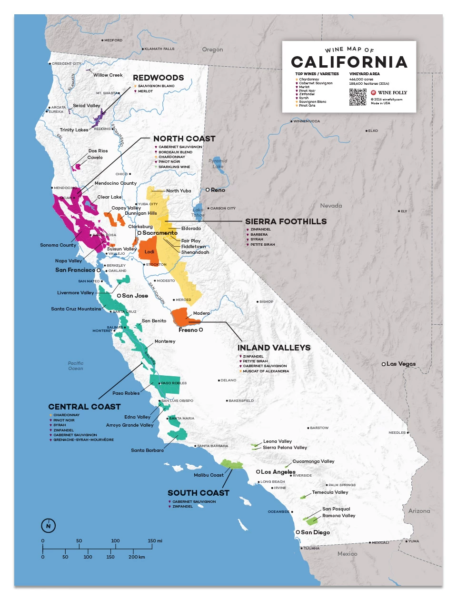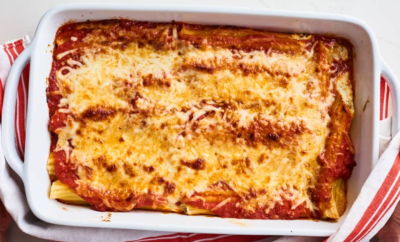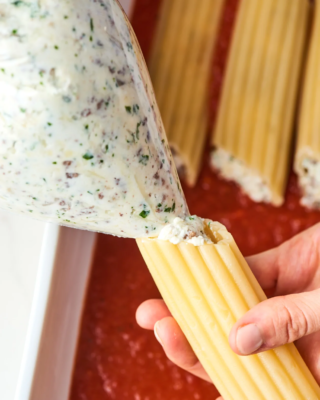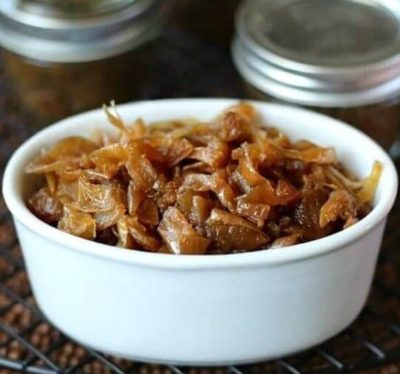It involved way too much drama behind the scenes (that fscking Marshmellow mask!!!!) but the building’s annual Halloween party went off without a hitch, thanks to the combined efforts of Katy, Jen and MJ (and Ben will be very vocal in saying that he helped – even though his help was more autocratic micromanagement).
It was the biggest one yet, with a bunch of people coming from other buildings, friends of friends and random people I didn’t know. The kids seemed to get a good haul. The adults were congregating under the gazebo, happily socialising over a drink or keeping warm around the fire in the chimenea.
We ran out of mulled wine (but there were several bottles that were there to take up the slack). There was a ton of food – the guys at work tomorrow will be happy with the leftovers. After the fact, I’m happy we did it. People really seem to appreciate it. I just wish it didn’t involve as much drama as it seems to involve as part of the planning.






